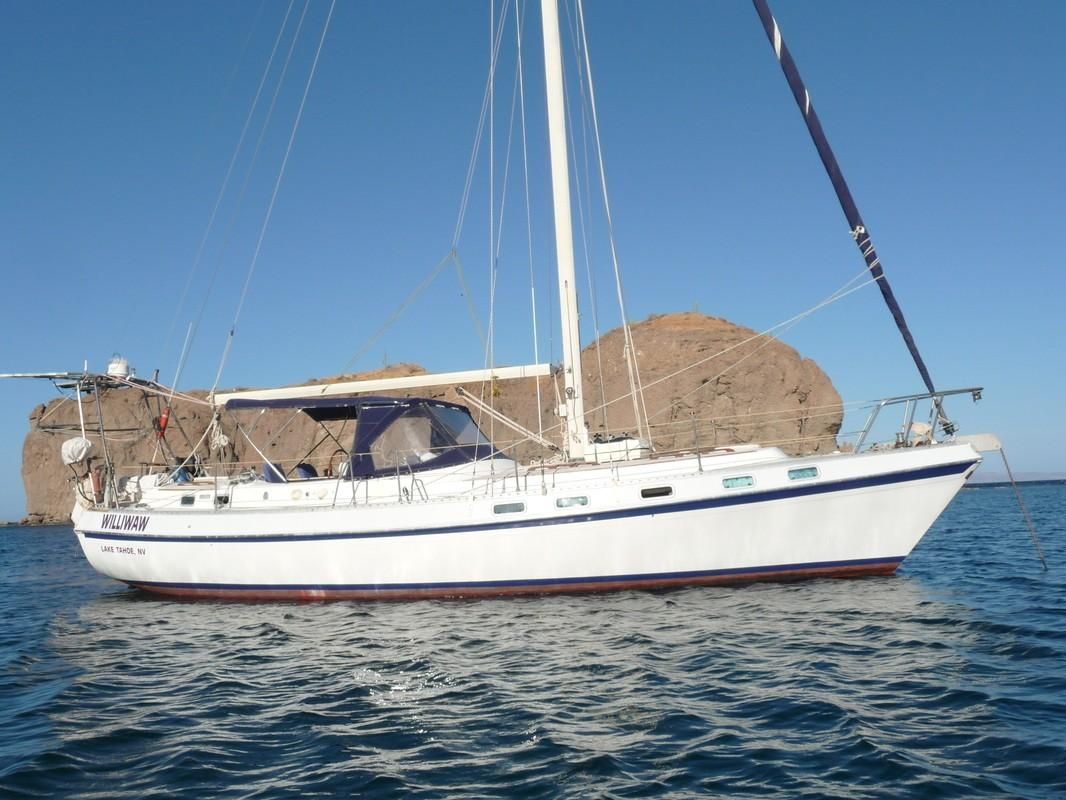types of boat hull material
Boat hulls vary significantly in shape, size and design, which often determines their best application. they can be made out of various materials including fiberglass, aluminum, wood or steel. although there are many variants, below are the major categories of hull types: flat bottom hulls:. Hull material strongly influences the look and feel of the boat. metal boats tend to the industrial strength go-anywhere-any-time look that can be very impressive and pleasing if well executed. wooden boats tend to fall into the fussy, look-but-don’t-touch category or, at the other extreme, the hairy old, gaff and baggy-wrinkled character. Boat hull types. the hull. the ‘hull’ is the portion of your boat that rides both in and on top of the water. the hull does not include any masts, sails, rigging, machinery or equipment. there are three general hull types: planing hull: this hull type is designed to glide on the surface of the water as the boat gains speed (most powerboats.

types of boat hull material The hull material affects the durability, maintenance, weight, and cost of your paddlecraft. polyethylene plastic hulls: are lightweight, extremely impact resistant, and easy to repair. are often the least expensive hull type. polylink3/triple tough hulls: consist of a foam core between polyethylene layers.. Familiar examples of boats with this type of hull are canoes and kayaks. deep-v hull. the deep-v hull is a planing hull that is made for cruising on choppier waters, and for boating activities that take place far from the shore. the v-shape enables the boat to accelerate to planing speed quickly, all while consuming less fuel..
Comments
Post a Comment